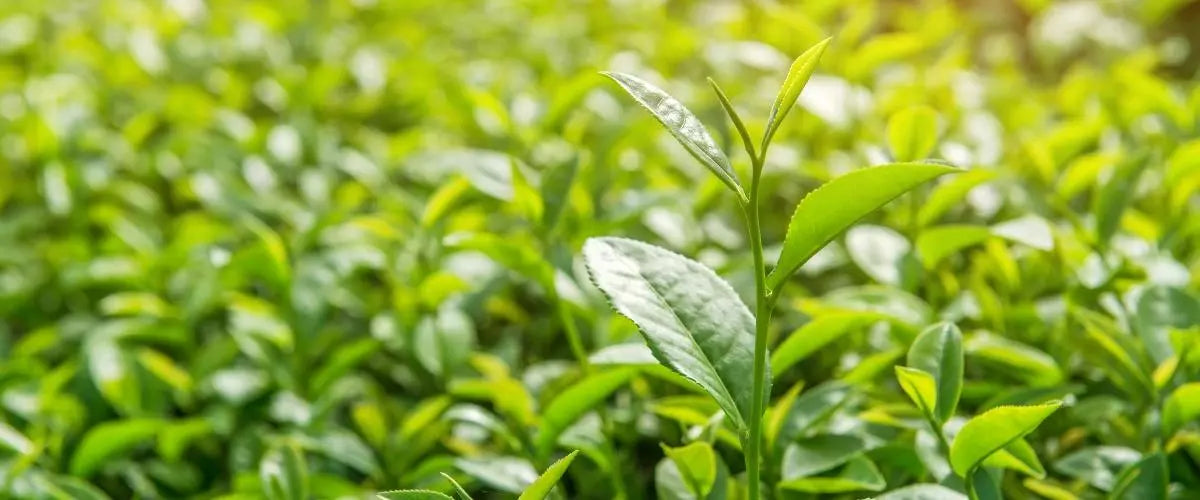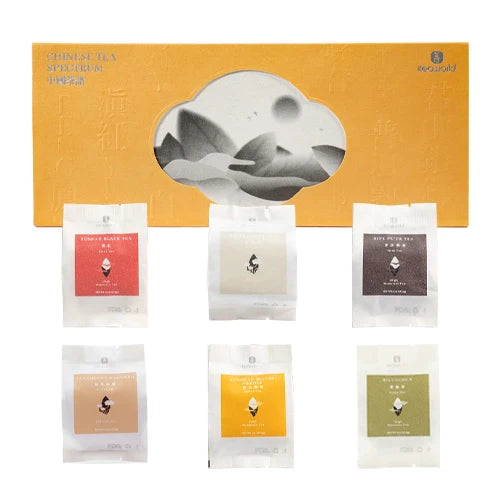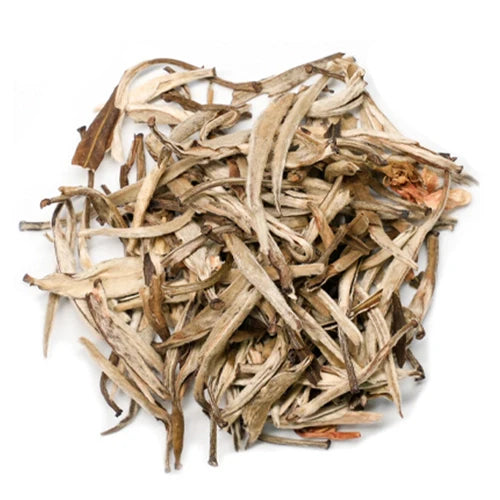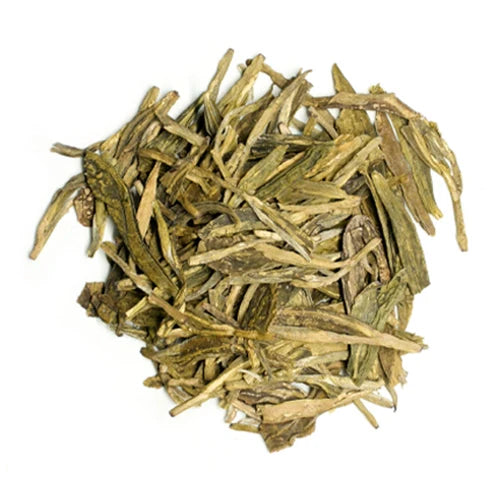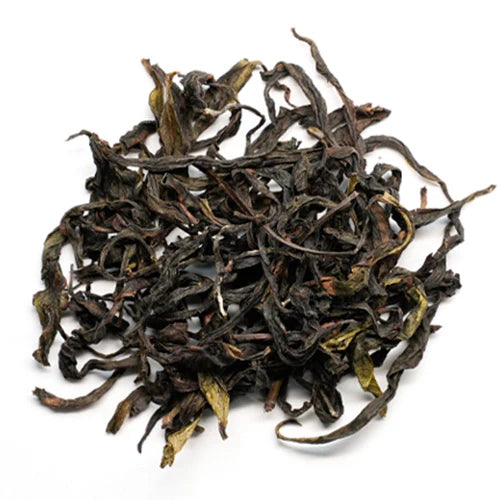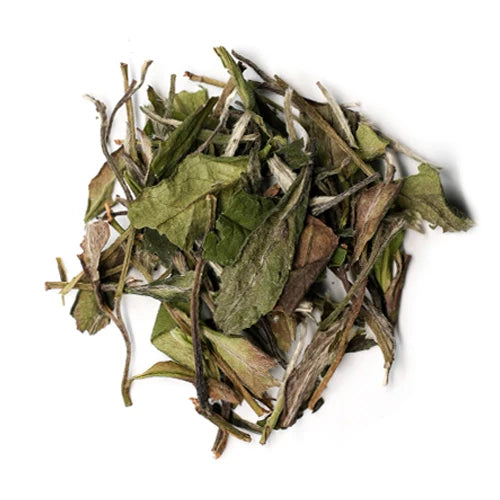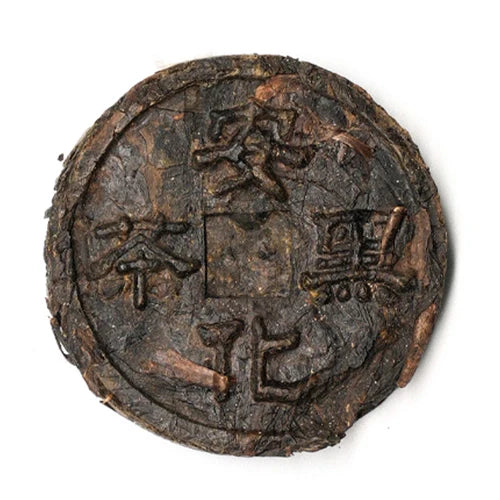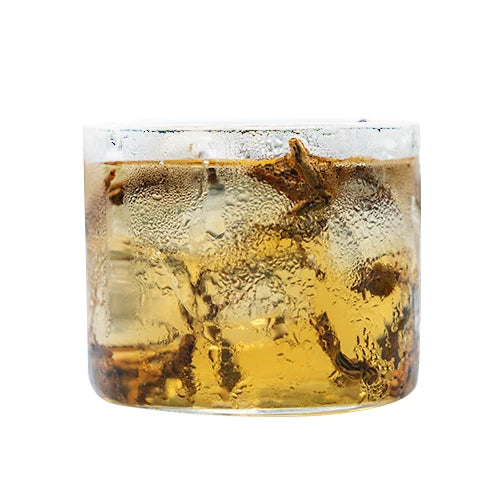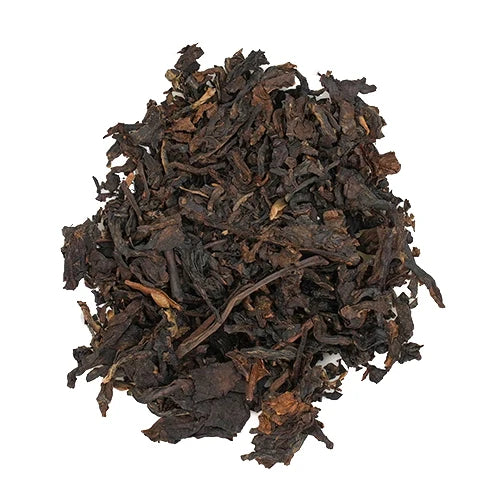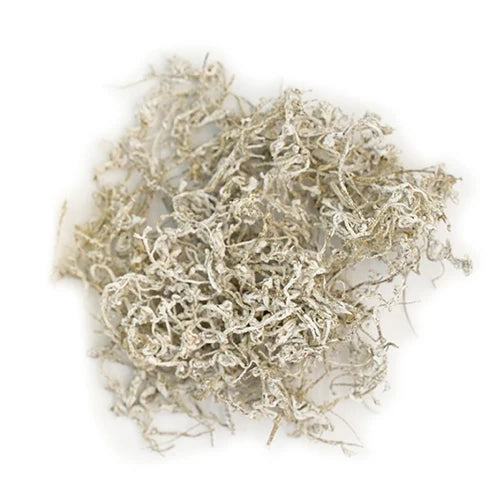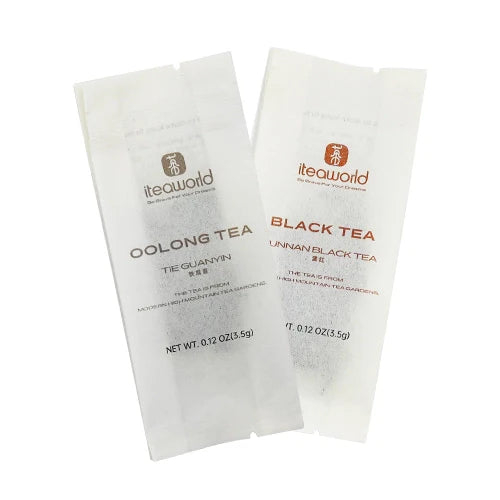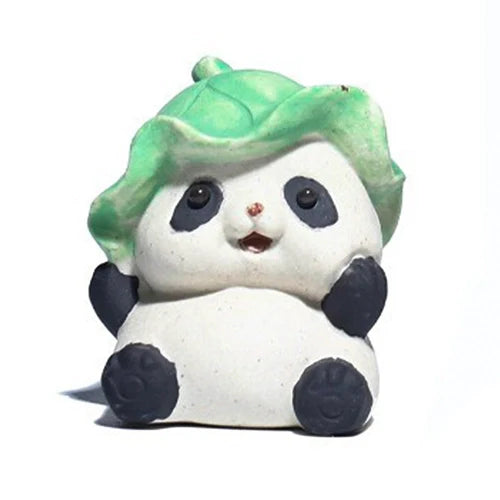Дом
Как выбрать чай улун
10 лучших чаёв улун, которые стоит попробовать в 2025 году: руководство для начинающих по вкусам и регионам

10 лучших чаёв улун, которые стоит попробовать в 2025 году: руководство для начинающих по вкусам и регионам
Чай улун поначалу может показаться немного пугающим — столько названий, столько стилей! Если вы когда-нибудь задавались вопросом:
«Какой улун мне попробовать в первую очередь?»
«С чего же мне начать?»
Не волнуйтесь — мы вас поймём. В iTeaworld мы выбрали 10 улунов, которые легко полюбить новичкам и идеально подходят для знакомства с этой увлекательной категорией чая.
Вот краткий обзор того , с чего (и почему) начать:

1. Восточная красавица (东方美人) — улун, похожий на хороший черный чай.
Если вы поклонник черного чая и хотите чего-то цветочного, сладкого и элегантного, Oriental Beauty — идеальный выбор.
Существует даже легенда, что королева Виктория (или королева Елизавета) однажды попробовала его и воскликнула: «Он похож на восточную красавицу».
Правда это или нет, название прижилось, как и его очарование. Благодаря медовому аромату и красивым золотистым листьям, это один из самых изысканных улунов.

2. Жасминовый улун и османтусовый улун – для любителей цветочного чая
Если вам нравится нежный аромат зеленого чая с жасмином, вам понравятся эти цветочные улуны.
Оба чая производятся путём ароматизации настоящих цветов чайными листьями , что создаёт нежный, ароматный вкус, особенно подходящий новичкам. Представьте себе, что это тот же цветочный чай, которым вы уже наслаждаетесь, только с лёгким оттенком улуна.
3. Те Гуань Инь (Аньси Улун) – Легкий против Жареного
Те Гуань Инь существует в двух классических вариантах:
● Светлый и зеленый (Цин Улун) – цветочный, сливочный и освежающий
● Темный и жареный (Нонг Сян) – ореховый, поджаренный и насыщенный
Это одни из самых распространенных улунов, которые можно найти за границей, и они отлично подходят для поиска собственного вкуса.

4. Феникс Данконг (аромат медовой орхидеи и утиного помёта) – любимые ароматы Китая
Не позволяйте названию обмануть вас — Duck Sh*t Aroma — один из самых любимых улунов в Китае!
И этот аромат, и Honey Orchid Dancong подобны натуральным духам в чашке — насыщенные цветочные, сладкие и незабываемые.
Молодые любители чая в Китае любят этот чай, и если вы новичок в улуне, этот чай часто удивляет и радует даже тех, кто впервые попробовал его за границей.
5. Каменный чай Уи (Да Хун Пао, Роу Гуй, Шуй Сянь) – насыщенный и жареный.
Готовы ли вы исследовать более глубокую и яркую сторону улуна?
Эти три чая с гор Уи — Да Хун Пао, Жоу Гуй и Шуй Сянь — искусно обжарены, раскрывая сложные оттенки пряностей, косточковых фруктов и глубину минералов. Они представляют собой образец высочайшего мастерства китайских улунов и идеально подходят для раскрытия богатой вкусовой гаммы.
Да Хун Пао — это, как правило, купаж разных чаёв Уи , и вкус каждого сорта немного отличается. Он насыщенный, ароматный и отлично подходит для начинающих.
Rou Gui обладает ярким, пряным вкусом с натуральным ароматом корицы — идеально подходит для тех, кто любит более крепкие, насыщенные вкусы.
Чай «Шуйсянь» — мягкий и сочный, с цветочными нотками и глубоким ароматом обжарки. Его мягкий, согревающий характер делает его особенно привлекательным для тех, кто впервые пробует уишанский чай.
Хотите попробовать все 10 культовых чаев улун?
Мы упростили эту задачу с помощью дегустационной коллекции улуна iTeaworld — тщательно отобранного набора, в который входят все десять сортов чая в удобной мини-упаковке.
Идеально подходит для новичков, желающих исследовать всю гамму вкусов улуна — от цветочных до жареных — не закупая большие объемы.
Почему именно эти 10 видов чая? Наш выбор неслучайный.
Мы не случайно выбрали эти 10 чаев улун — в их волшебстве есть определенный метод.
Во-первых, мы считаем, что новичкам следует начать с дегустации самых знаковых вкусовых стилей улуна.
● Только так можно по-настоящему понять, что вам нравится! Вкус улуна можно описать, но он в основном зависит от двух ключевых факторов : степени окисления (сколько чаю позволяют «дышать» во время обработки).
● Уровень обжарки (какое количество тепла применяется после сушки)
В iTeaworld мы создали простую карту вкусов улунов. Это показывает, как эти два фактора влияют на вкус. Десять выбранных нами чаёв охватывают разные точки на этой карте — от лёгкого и цветочного до насыщенного и обжаренного, — чтобы вы могли проложить свой путь к прозрачности.

Во-вторых, отличный улун производится в четырех основных регионах Китая и на Тайване.
● Эти 10 чаев также дадут вам возможность попробовать все четыре: Аньси в провинции Фуцзянь (Те Гуань Инь)
● Горы Уи (каменный улун)
● Горы Феникс в Гуандуне (Даньцун)
● Тайвань (Восточная красота)

Таким образом, вы не только пробуете разные стили, но и узнаете, что делает каждый регион уникальным, что упрощает дальнейшее изучение, основанное на ваших личных вкусах.
Что делает этот набор особенным:
✅ 10 культовых чаев улун с уникальными стилями
От цветочных до жареных, от легких до насыщенных — охватывая все основные ноты.
✅ Охватывает все 4 основных региона
Фуцзянь (Аньси и Уи), Гуандун (Феникс) и улуны в тайваньском стиле.
✅ 10 г на чай — достаточно, чтобы попробовать, не проливая воду
Каждый мини-кирпич рассчитан на 1–2 идеальных заваривания. Простота использования, отсутствие беспорядка.
✅ Аутентичное производство, урожай 2024 года, только цельные листья
Поставляется из источника, производится чайными мастерами с 20–30-летним опытом.
✅ Поставляется с четкими нотками вкуса и советами по завариванию
Чтобы вы знали, что пьете и как получить от этого наибольшее удовольствие.
Как заваривать улун в гайвани (для новичков)
Заваривание улуна в гайвани несложно даже для новичков. Вот основные рекомендации:
● Температура воды: 95–100 °C (203–212 °F)
● Соотношение чая и воды: 5 г чая на 100 мл воды.
● Время настаивания:
○ Первые 1–3 заваривания: 10–15 секунд
○ Для каждого последующего вливания: прибавляйте 5–7 секунд
○ Обычно хватает на 7–10 заварок
Этот метод позволяет раскрыть весь вкус и аромат чая улун, оставаясь при этом простым в обращении.
Делиться





